Gem profile- Paua and Abalone
Ah, spring! My tulips and daffodils are starting to come up and the air has that warmth to it that is a welcome change from the winter cold. Now I just have to start worrying about snails coming out to eat the garden. Speaking of snails, I think we will start this week`s Gem Profile on Cephalopods and the Mother of Pearl that comes from them.
Nautilus, Abalone, Paua, & Pinctada Maxima:

Cephalopods: Nautilus and Ammonites
Cephalopods are a class of mollusks that include octopuses, squid, cuttlefish, nautiloidea or Nautilus, and fossils like Ammonite and belemnite. Obviously octopuses, squid, and cuttlefish don`t have the ability to give us mother-of-pearl (MOP) because they don`t have a shell, but the Nautilus has a smooth inner shell that has little or no banding with a beautiful iridescence very similar to pearls and is used for the white MOP faces on watches.
Cephalopods are a class of mollusks that include octopuses, squid, cuttlefish, nautiloidea or Nautilus, and fossils like Ammonite and belemnite. Obviously octopuses, squid, and cuttlefish don`t have the ability to give us mother-of-pearl (MOP) because they don`t have a shell, but the Nautilus has a smooth inner shell that has little or no banding with a beautiful iridescence very similar to pearls and is used for the white MOP faces on watches.

Nautiluses are found in the warm waters of the southwest Pacific Ocean, Indian Ocean, and off the coast of Australia. Nautilus shells are spiral with pockets throughout them that hold oxygen and nitrogen; giving them some buoyancy in water... they don`t sink. The Nautiluses are free-swimming predatory creatures that swim through the water by `jet propulsion,` feeding on crustaceans. They are fairly unattractive, but they do give us some beautiful material from their shells, and their fossilized ancestors are highly prized for their opalescence and beauty.

Bivalves: Mussels, Pinctada Maxima, and Oysters
Next are Bivalves, or Bivalvia, which include clams, mussels, oysters and scallops. These are the two-shelled creatures whose shells are hinged on one side, and open on the other. Scallops are swimmers, but we don`t use them for MOP - but they`re good to eat! In jewelry, we use oysters and mussels from this family.

Oysters not only give us pearls, but they are a huge source of MOP in the jewelry industry. Pinctada Maxima is another type of oyster that produces some of the finest pearls in the world. South Sea pearls come from the pinctada maxima and the nacre color of the MOP is the same color as the pearl within. These mollusks are very large and easier to cultivate than other oysters so the nucleus used as cultivation for South Sea pearls can be larger. Mussels also give us pearls and are the source of freshwater pearls and MOP.

What a way to recycle! The food industry uses the meat of oysters and mussels then passes the shells on to the jewelers for MOP inlays, jewelry and other decorative items. Shells from bivalves are also used as a dietary supplement for poultry and as calcium supplements for humans. Crushed shells are used to remove heavy metals from water in areas like the Persian Gulf and the live animals can act as biofilters in some areas as well.

These shells are also a symbol of St. James and the Roman myth recounts that Venus, the goddess of love, was born from the shell of a bivalve. In my own garden, I have a birdbath in the shape of a clam and have used shells on several of the stepping stones around my yard too. Look around and you will find the bivalve in many of the symbols we see every day.

Gastropods: Paua and Abalone Shells
Now we get to the gastropods, or gastropoda mollusk. Gastropods are a very scientific name for a snail or slug. I know, I hate them too; they eat my garden and are just generally icky, although escargot is not bad. Gastropods are recognized by having a `foot` reaching out of their shell, which they use to cling to rocks and surfaces.
Gastropods, as icky as they are, contain a huge number of species - second only to insects in number. For this conversation, we will be focusing mostly on abalone.
Gastropods, as icky as they are, contain a huge number of species - second only to insects in number. For this conversation, we will be focusing mostly on abalone.

Abalone is the generic name for the many species of the genus Haliotis (no, they don`t have bad breath). Paua (pronounced pow-a) is the name the Maori people gave to this large edible sea snail that lives in the shallow coastal waters along the rocky coast of New Zealand. In the United States and Australia, we call them abalone, but the United Kingdom calls them ormer shells. Abalone are also found on rocky coastlines in shallow water where they cling to the rocks with a `foot` and feed on seaweed... see, all snails like green stuff!
Paua grow very large and have strict rules on their harvest. In New Zealand, `wild` paua are only to be harvested by free diving (read: no scuba equipment), and in restricted numbers per day. Similar restrictions are in place along the coast of California, where poaching abalone is strictly prohibited, and can be very dangerous. New Zealand also has a burgeoning industry of paua farms, which are located throughout the country.
Paua grow very large and have strict rules on their harvest. In New Zealand, `wild` paua are only to be harvested by free diving (read: no scuba equipment), and in restricted numbers per day. Similar restrictions are in place along the coast of California, where poaching abalone is strictly prohibited, and can be very dangerous. New Zealand also has a burgeoning industry of paua farms, which are located throughout the country.

Paua farmers raise the critters for their meat and shells, which are exported primarily to the United States and Asian markets. Paua farming can be expensive to set up and maintain due to the size and activity level of the mollusk. Farming helps not only with supply of meat and shells, but also helps prevent overfishing, and produces a higher quality of product.
Paua, or abalone, shells are used in jewelry making, and can also be dyed or tinted to a rainbow of colors that are enhanced by the iridescence of the nacre which creates the shells. The shells have also been used throughout history in rites and rituals throughout the world, most notably in Native American rituals and Maori ceremonial masks and rites.
Paua, or abalone, shells are used in jewelry making, and can also be dyed or tinted to a rainbow of colors that are enhanced by the iridescence of the nacre which creates the shells. The shells have also been used throughout history in rites and rituals throughout the world, most notably in Native American rituals and Maori ceremonial masks and rites.

Paua shells, noted for their banded rainbow colors, can also create pearls. Paua pearls, or blue pearls, are formed when a small irritant like a grain of sand gets between the mollusk and its shell. Similar to a mabe pearl (a half-round pearl), the blue pearl is the iridescence of the paua MOP and highly prized for its beauty. Blue pearl production is highly controlled on paua farms so as not to stress the animal to maximize the beauty of the pearls.

Materials

Wire

Beads

Cabochons
Tools

WireJewelry - Ultimate Wire-Pliers Jewelry Pliers with Case, Set of 5
G15-20
- G15-20
- Lesson Quantity: 1.00 pieces
- Purchase Quantity: 1.00 each
- Price: $170.72
- Gold Club Price: $128.04

Bench Tools
- Category: General Education
- Technique(s): General Education






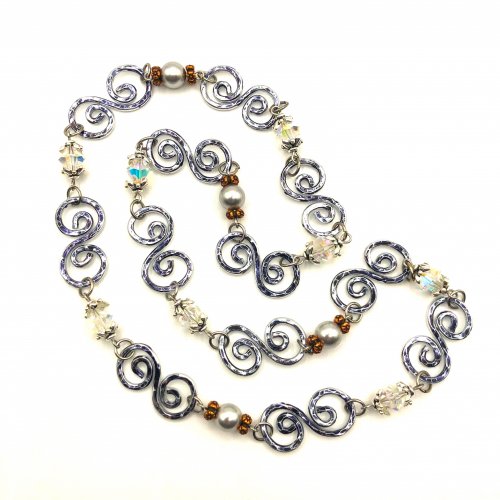
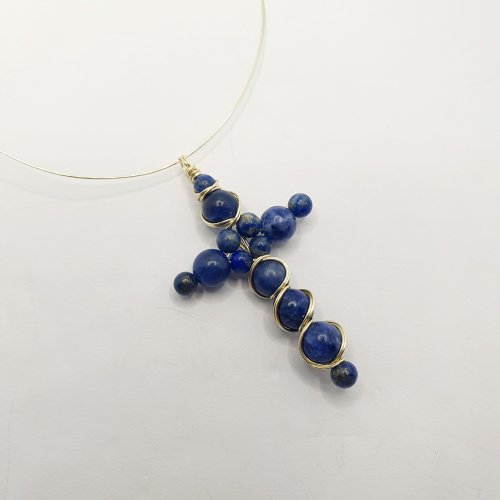
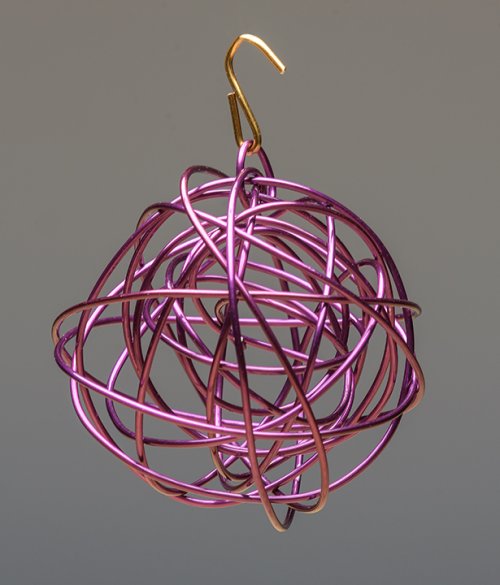



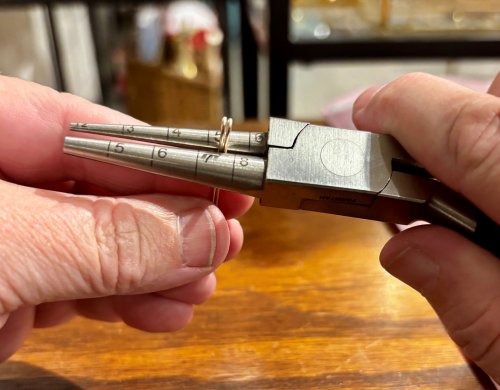
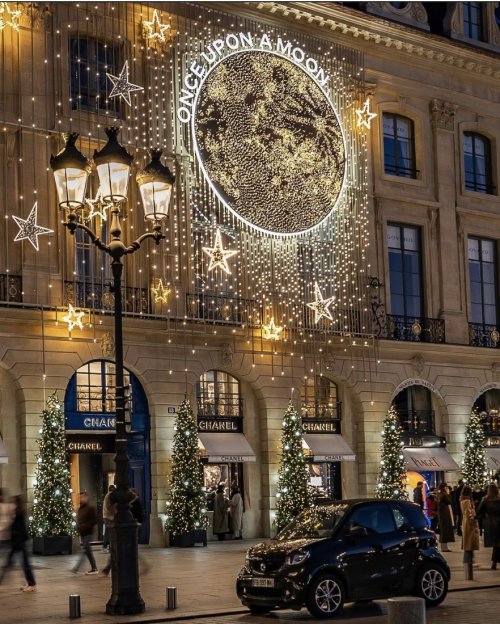

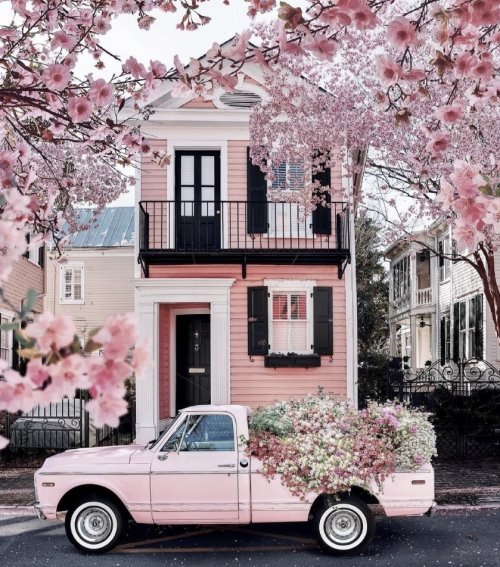

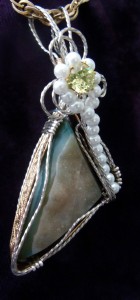

 About Jewelry Chain- About Ball Chain
About Jewelry Chain- About Ball Chain About Jewelry Chain- Snake Chain and Omega Chain
About Jewelry Chain- Snake Chain and Omega Chain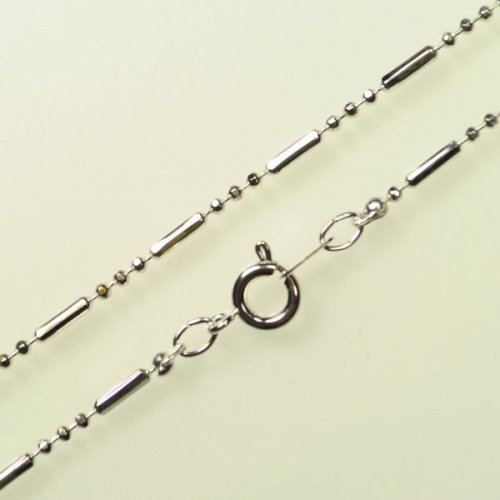 About Jewelry Chain- Bar Chain and Peanut Chain
About Jewelry Chain- Bar Chain and Peanut Chain About Jewelry Chain - Cable Chain and Rolo Chain
About Jewelry Chain - Cable Chain and Rolo Chain About Jewelry Chain- Curb Chain and Gourmette Chain
About Jewelry Chain- Curb Chain and Gourmette Chain About Jewelry Chain- Figaro Chain
About Jewelry Chain- Figaro Chain About Jewelry Chain- Infinity Chain and Anchor Chain
About Jewelry Chain- Infinity Chain and Anchor Chain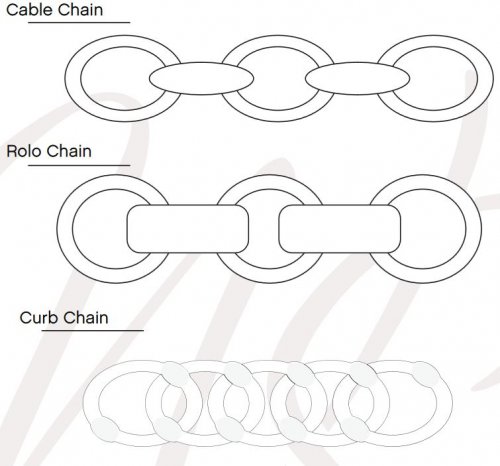 About Jewelry Chain- Chain Reference Sheet
About Jewelry Chain- Chain Reference Sheet About Jewelry Chain- Venetian Chain and Box Chain
About Jewelry Chain- Venetian Chain and Box Chain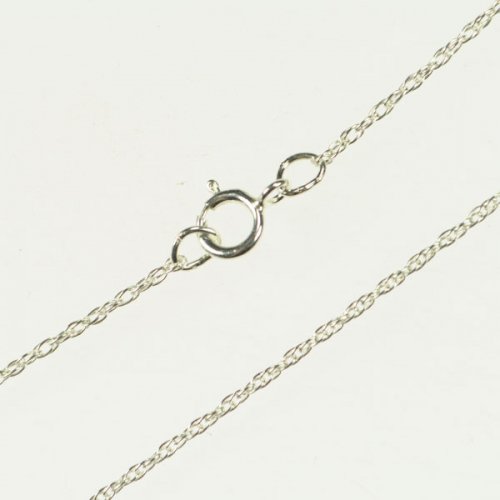 About Jewelry Chain- Wheat Chain and Rope Chain
About Jewelry Chain- Wheat Chain and Rope Chain Introduction to Chain
Introduction to Chain Access More Money by Making Jewelry When Your Prices Are Right
Access More Money by Making Jewelry When Your Prices Are Right An Introduction to Beads and Beading
An Introduction to Beads and Beading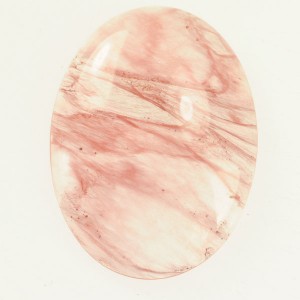 Common Gemstone Misconceptions
Common Gemstone Misconceptions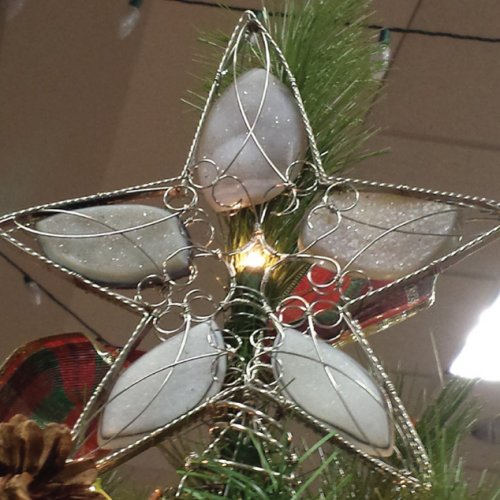 Wire Wrapped Christmas Tree
Wire Wrapped Christmas Tree How To Polish Metal Jewelry using a Rotary Tumbler
How To Polish Metal Jewelry using a Rotary Tumbler How To Polish Your Own Rocks using a Rotary Rock Tumbler
How To Polish Your Own Rocks using a Rotary Rock Tumbler How to Merchandise Your Jewelry on the Internet
How to Merchandise Your Jewelry on the Internet How to Use Twitter as a Wire Jewelry Artist
How to Use Twitter as a Wire Jewelry Artist 20 Ideas to get your Jewelry Biz Busy
20 Ideas to get your Jewelry Biz Busy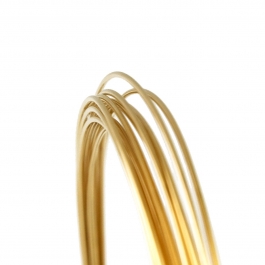 Watching the Precious Metals Market
Watching the Precious Metals Market Jewelry Design Ideas - Get Inspired
Jewelry Design Ideas - Get Inspired Measuring Tools
Measuring Tools July Birthstone - The Ruby
July Birthstone - The Ruby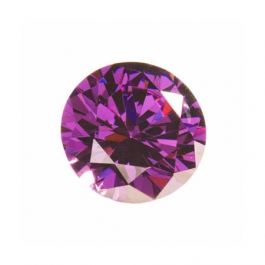 February Birthstone- Amethyst
February Birthstone- Amethyst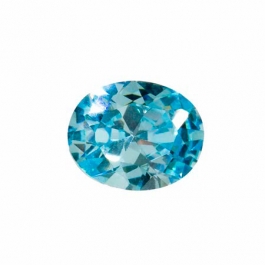 March Birthstone - Aquamarine and Bloodstone
March Birthstone - Aquamarine and Bloodstone September Birthstone - Sapphire
September Birthstone - Sapphire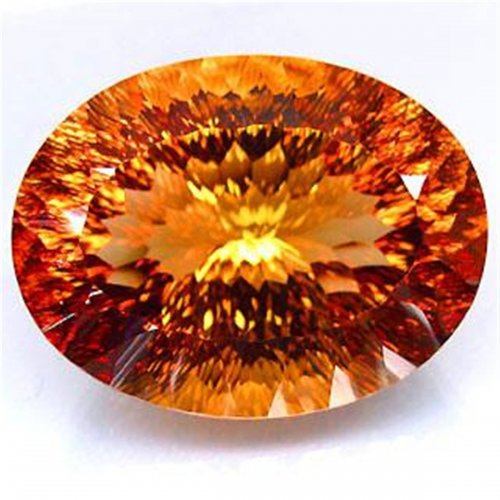 November Birthstones - Topaz and Citrine
November Birthstones - Topaz and Citrine October Birthstones - Rose Zircon, Pink Tourmaline and Opal
October Birthstones - Rose Zircon, Pink Tourmaline and Opal April Birthstone - The Diamond
April Birthstone - The Diamond August Birthstone - Peridot and Sardonyx
August Birthstone - Peridot and Sardonyx June Birthstones - Alexandrite, Pearl and Moonstone
June Birthstones - Alexandrite, Pearl and Moonstone Metalsmithing
Metalsmithing Featured Tool - Mini TruStrike Hammers
Featured Tool - Mini TruStrike Hammers Natural Jasper Stones - Cabochon Gemstones
Natural Jasper Stones - Cabochon Gemstones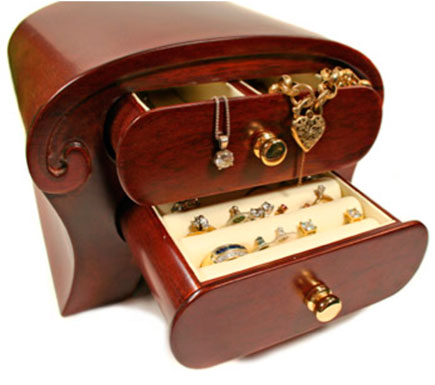 Organize Your Jewelry Box
Organize Your Jewelry Box Pearls- It's a Cultural Thing
Pearls- It's a Cultural Thing Soldering 101
Soldering 101 Starting Your Own Home Jewelry Business
Starting Your Own Home Jewelry Business The Art of Creating Chainmail
The Art of Creating Chainmail Why Should I Be Using Facebook
Why Should I Be Using Facebook Make Handmade Neck Cords on a Dime
Make Handmade Neck Cords on a Dime Tagging Handmade Jewelry Gifts
Tagging Handmade Jewelry Gifts Share Your Expertise with Your Community
Share Your Expertise with Your Community Creating Color Schemes for Jewelry Making
Creating Color Schemes for Jewelry Making Bronze, Brass, Nickel Silver and Copper Base Metals
Bronze, Brass, Nickel Silver and Copper Base Metals Gemstone Treatments
Gemstone Treatments How Wire is Made
How Wire is Made Beading A-B-C's
Beading A-B-C's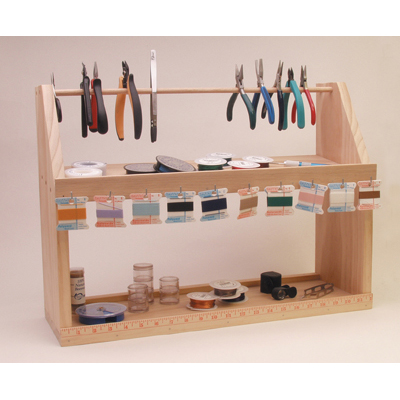 How to Set Up Your Workspace
How to Set Up Your Workspace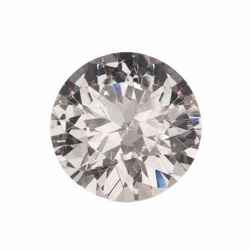 Gem Profile- Diamond
Gem Profile- Diamond Gem Profile- Peridot
Gem Profile- Peridot Gem Profile- Goldstone
Gem Profile- Goldstone Gem Profile- Cryptocrystalline Quartz Introduction
Gem Profile- Cryptocrystalline Quartz Introduction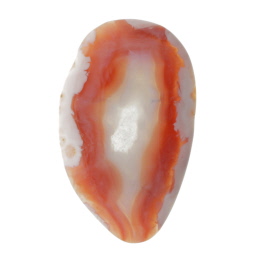 Gem Profile- Banded Agate and Brecciated Agate
Gem Profile- Banded Agate and Brecciated Agate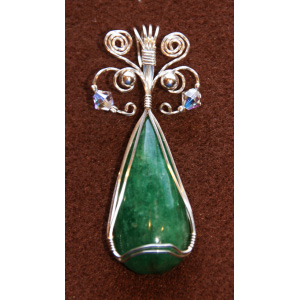 Gem Profile- Emerald
Gem Profile- Emerald Gem Profile- Titanite or Sphene
Gem Profile- Titanite or Sphene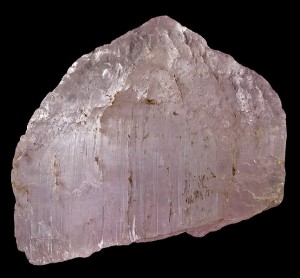 Gem Profile- Morganite
Gem Profile- Morganite Gem Profile- Desert Rose
Gem Profile- Desert Rose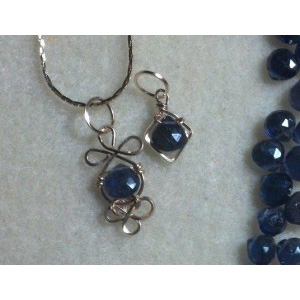 Gem Profile- Iolite
Gem Profile- Iolite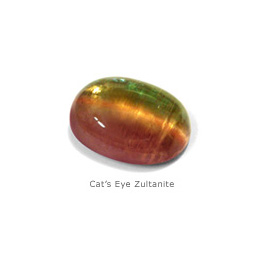 Gem Profile- Zultanite
Gem Profile- Zultanite Gem Profile- Maw Sit Sit
Gem Profile- Maw Sit Sit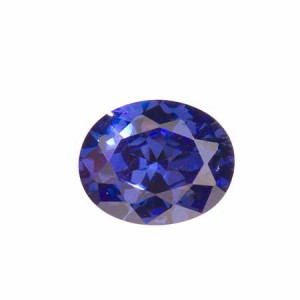 Gem Profile- Tanzanite
Gem Profile- Tanzanite Gem Profile- Aquamarine
Gem Profile- Aquamarine Gem Profile- Turquoise
Gem Profile- Turquoise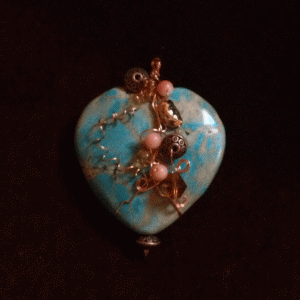 Gem Profile- Turquoise Types
Gem Profile- Turquoise Types Gem Profile- What's Druze
Gem Profile- What's Druze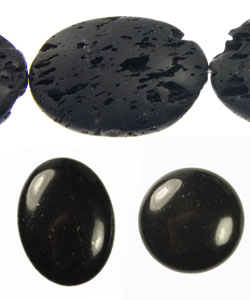 Gem Profile- Basalt
Gem Profile- Basalt Gem Profile- Fordite
Gem Profile- Fordite Gem Profile- Variscite
Gem Profile- Variscite Gem Profile- Pearls
Gem Profile- Pearls Gem Profile- Onyx
Gem Profile- Onyx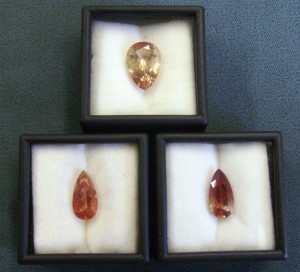 Gem Profile- Sunstone
Gem Profile- Sunstone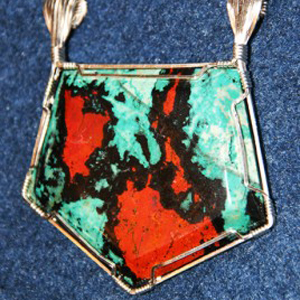 Gem Profile- Sonora Sunrise
Gem Profile- Sonora Sunrise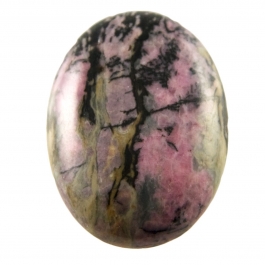 Gem Profile- Rhodonite
Gem Profile- Rhodonite Gem Profile- Glass, Crystal and Quartz
Gem Profile- Glass, Crystal and Quartz Gem Profile- Psilomelane
Gem Profile- Psilomelane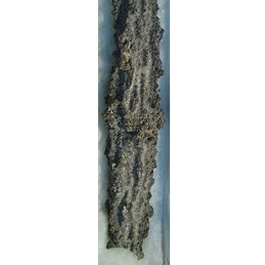 Gem Profile- Fulgurite
Gem Profile- Fulgurite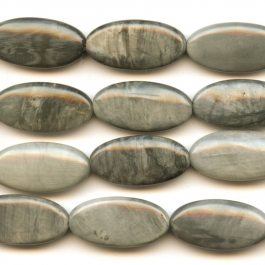 Gem Profile- Cat's Eye
Gem Profile- Cat's Eye Gem Profile- Carnelian
Gem Profile- Carnelian Gem Profile- Petoskey Stones and Indonesian Fossil Coral
Gem Profile- Petoskey Stones and Indonesian Fossil Coral Gem Profile- Rutilated Quartz
Gem Profile- Rutilated Quartz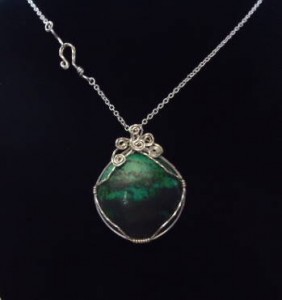 Gem Profile- Chrysocolla
Gem Profile- Chrysocolla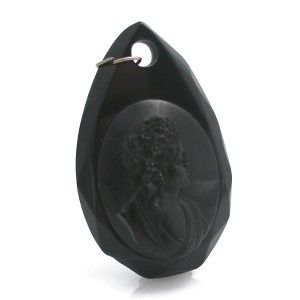 Gem Profile- Jet
Gem Profile- Jet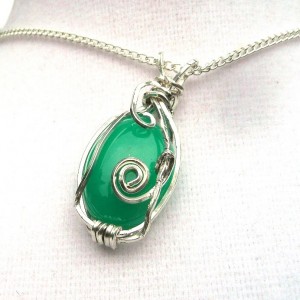 Gem Profile- Chrysoprase
Gem Profile- Chrysoprase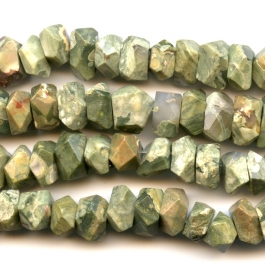 Gem Profile- Rhyolite
Gem Profile- Rhyolite Gem Profile- Chalcedony
Gem Profile- Chalcedony Gem Profile- Lepidolite and Sugilite
Gem Profile- Lepidolite and Sugilite Gem Profile- Unakite
Gem Profile- Unakite Gem Profile- Cowrie Shells, Conch Shells, and Drilling Shells
Gem Profile- Cowrie Shells, Conch Shells, and Drilling Shells Gem Profile- Mother of Pearl
Gem Profile- Mother of Pearl Gem Profile- Moss Agate and Plume Agate
Gem Profile- Moss Agate and Plume Agate Gem Profile- Thundereggs and Mexican Lace Agate
Gem Profile- Thundereggs and Mexican Lace Agate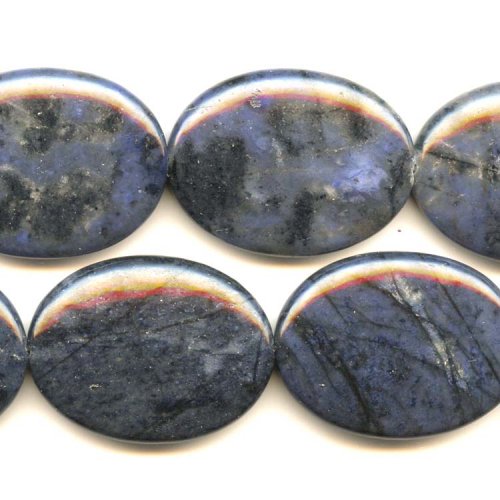 Gem Profile- Dumortierite
Gem Profile- Dumortierite Gem Profile- Apatite
Gem Profile- Apatite Gem Profile- Blue Topaz
Gem Profile- Blue Topaz Gem Profile- Aragonite
Gem Profile- Aragonite Gem Profile- Zircon and Cubic Zirconia
Gem Profile- Zircon and Cubic Zirconia Gem Profile- Topaz
Gem Profile- Topaz Gem Profile- Howlite
Gem Profile- Howlite Gem Profile- Sodalite
Gem Profile- Sodalite Gem Profile- Magnesite
Gem Profile- Magnesite Gem Profile- Cuprite
Gem Profile- Cuprite Gem Profile- Nuummite
Gem Profile- Nuummite Gem Profile- Bronzite
Gem Profile- Bronzite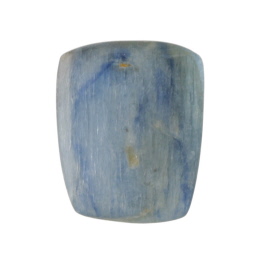 Gem Profile- Kyanite
Gem Profile- Kyanite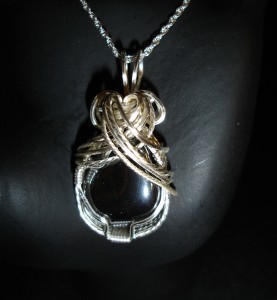 Gem Profile- Hematite
Gem Profile- Hematite Gem Profile- Derbyshire Blue John
Gem Profile- Derbyshire Blue John Gem Profile- Eilat Stone
Gem Profile- Eilat Stone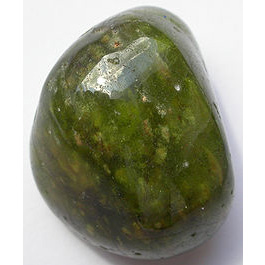 Gem Profile- Vesuvianite
Gem Profile- Vesuvianite Gem Profile- Strontium Titanate -Fabulite
Gem Profile- Strontium Titanate -Fabulite Gem Profile- Tourmaline
Gem Profile- Tourmaline Gem Profile- Larimar
Gem Profile- Larimar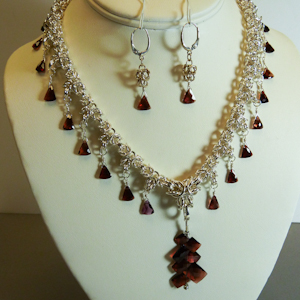 Gem Profile- Garnet
Gem Profile- Garnet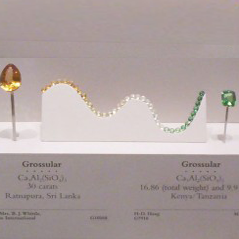 Gem Profile- Tsavorite and Green Garnets
Gem Profile- Tsavorite and Green Garnets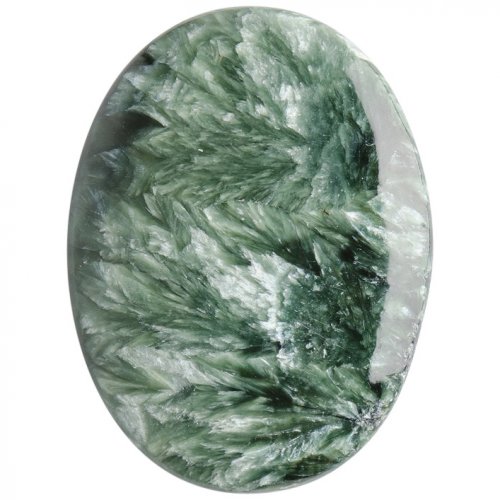 Gem Profile- Seraphinite
Gem Profile- Seraphinite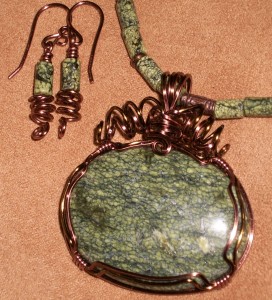 Gem Profile- Serpentine
Gem Profile- Serpentine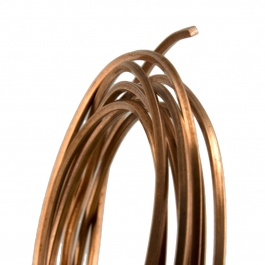 American Wire Gauge
American Wire Gauge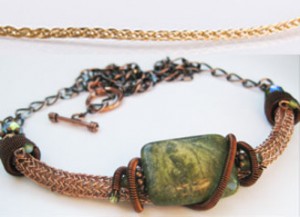 Viking Knit and Spool Knit Chain
Viking Knit and Spool Knit Chain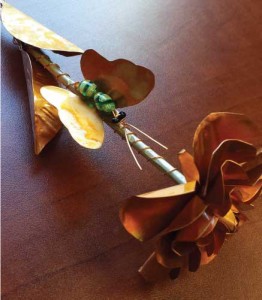 Copper Roses
Copper Roses How to Make Medical ID Bracelets Special
How to Make Medical ID Bracelets Special Remembering the Fallen
Remembering the Fallen 6 Ways to Find Your Uniqueness in Jewelry
6 Ways to Find Your Uniqueness in Jewelry Gem Profile- Moissanite
Gem Profile- Moissanite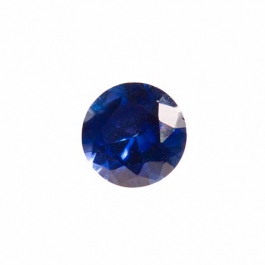 Birthstone Swarovski Colors
Birthstone Swarovski Colors Tips for Tucson Shopping- Gem Show Secrets
Tips for Tucson Shopping- Gem Show Secrets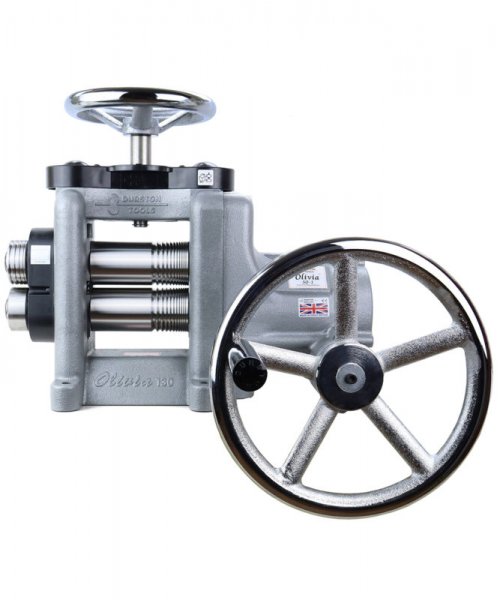 Durston Olivia Rolling Mills
Durston Olivia Rolling Mills How to Use a Jewelry Bench Polisher Effectively
How to Use a Jewelry Bench Polisher Effectively 
